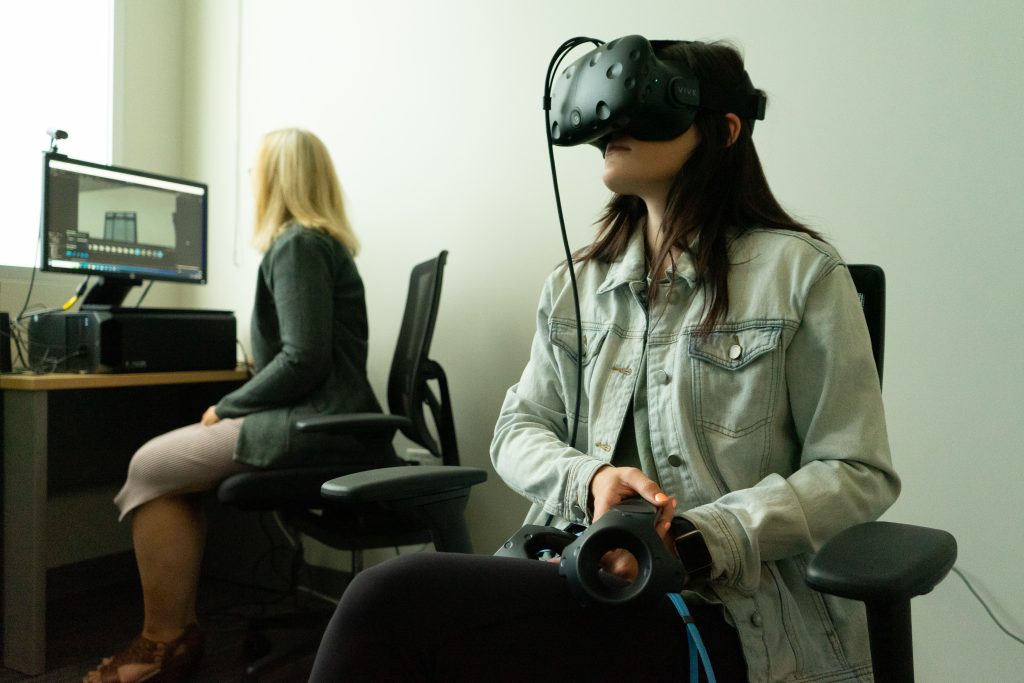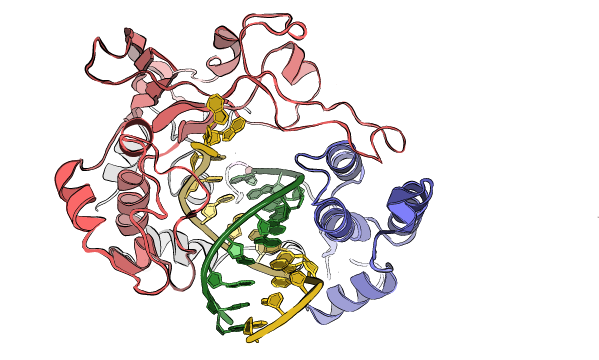Unraveling the enigma of memory
CSU psychologist Anne Cleary is one of the first to shed light on enigmatic experiences such as déjà vu.

In the realm of human cognition, few phenomena captivate and mystify as much as the workings of memory. For centuries, researchers have dedicated themselves to understanding the intricate mechanisms behind the ability to retain and retrieve information.
Colorado State University psychology Professor Anne Cleary is one of them. She is a leading expert in the field of metacognition and was one of the first to shed light on enigmatic experiences such as déjà vu and the “tip-of-the-tongue” phenomenon through her research on recognition without identification.
These strange but widely experienced phenomena are intriguing aspects of human memory and cognition.
Cleary gathered much of her data using “list learning,” which refers to a type of experimental test used to study memory and cognitive processes related to learning and recalling information. Participants are given a list of words to study and are then tested by being asked to recall whether or not fragments of words were in the original list.

Recognition without identification was the finding that people could still recognize which word fragments came from studied words and which did not, even if they couldn’t identify the word it came from. This idea is a general phenomenon that can be extended to other stimuli, including pictures, scenes, and faces.
Similarly, Cleary used the Sims video game to simulate déjà vu experiences. In Sims, you can design unique layouts of rooms, which Cleary did, creating an aquarium that has the same layout as a reception area, for example. This created spatial similarities, which Cleary has formerly shown to cause a déjà vu experience in participants.
With the help of virtual reality headsets and the Sims video game, Cleary was able to send a person into a room and then later a spatially similar room, causing them to sometimes feel a sensation of déjà vu. This research led Cleary and others in the research community to empirically support a hypothesis for a phenomenon that was formerly believed to be in the realm of pseudoscience. Instead of déjà vu being a paranormal phenomenon, Cleary discovered that déjà vu is experienced in real-life scenarios when there are spatial similarities in our surroundings to somewhere someone really has been before.
In a recent study, Cleary explored the potential of smartwatches for augmenting learning beyond classroom environments. Through a series of five experiments, it was found that when participants received review questions via smartwatches after reading scientific passages, they exhibited improved retention of information and reduced their likelihood of forgetting after a two-day interval.
The delivery of the information also proved to be important. A test question popping up first, followed by its answer, was more beneficial than a mere restatement of the initial information.
The study revealed that the beneficial effect of smartwatch prompts on retention remained consistent regardless of participants’ activities, such as reading magazines, watching Netflix episodes, or engaging with their smartphones during the prompting process. This research highlights the strategic potential of utilizing technology and Cleary’s commitment to staying in the vanguard of scientific exploration.
By exploring how individuals discern familiar stimuli and unraveling the intricacies of déjà vu experiences, Cleary has made groundbreaking contributions to the field of metacognition. She said her tactics to test these theories are a “unique paradigm and unique methodology that has never really been a mainstream approach.”
Cleary applies procedures that are tested in other studies but has been the first to do so in relation to recognition without identification and déjà vu. “These phenomena offer insights into memory’s inner workings,” Cleary said. “A purpose of this sense may be to direct our attention inward toward a search of memory to try to seek out the memory. Déjà vu, tip of the tongue, and recognition without identification may be giving us a glimpse of how our attentional focus is modulated. They refocus our attention toward our memories.”



